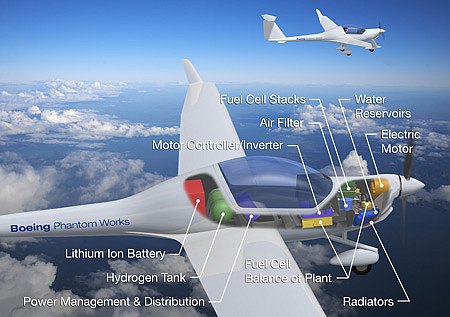Fuel Cell Hydrogen Revolution in Aviation: From Drones to Commercial Aircraft

About Course
Get ready to explore the most exciting shift in aviation history! This course takes you on a journey through the Hydrogen Fuel Cell Revolution, revealing how this clean and powerful technology is reshaping the skies—from nimble drones and futuristic eVTOL aircraft to ambitious commercial aviation projects. With growing global pressure to reduce carbon emissions and dependency on fossil fuels, hydrogen-powered flight presents a compelling and sustainable solution. You’ll uncover how hydrogen fuel cells work, the science behind their clean energy magic, and how they’re already taking flight in real-world applications.
We blend theory with hands-on learning, giving you a full-spectrum view of hydrogen fuel cell technology in aviation. From understanding the engineering challenges and building scalable infrastructure to DIY projects for enthusiasts, this course empowers learners with the knowledge to be part of aviation’s sustainable future. Whether you’re an aspiring aerospace engineer, a sustainability advocate, or a drone hobbyist, you’ll find something here to spark your imagination—and maybe even your career.
Course Content
Introduction
The pressing need for sustainable aviation solutions
00:00Introducing hydrogen fuel cell technology as a transformative force
00:00An overview of the ebook’s content
00:00